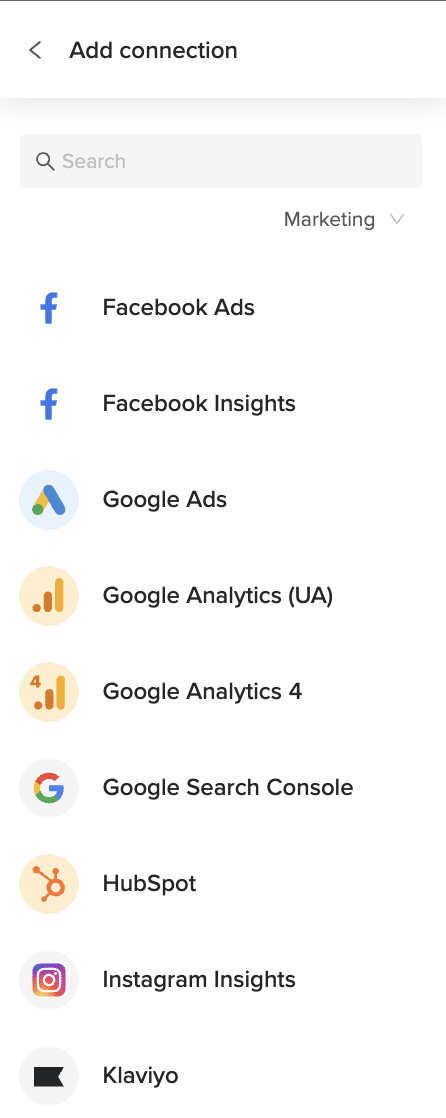Analyzing Budget Summary data from Microsoft Ads in Excel helps marketers and finance teams track campaign spending, budget utilization, and pacing, ensuring optimal allocation of advertising dollars and preventing overspend.
Instead of manually downloading reports that quickly become outdated, you can create a live connection for always-current budget insights.
TLDR
-
Step 1:
Install Coefficient from the Office Add-ins store in Excel
-
Step 2:
Connect your Microsoft Ads account to Coefficient
-
Step 3:
Import Budget Summary data with spend metrics
-
Step 4:
Set up auto-refresh to keep your budget data current
Step 1: Install Coefficient and Connect Your Microsoft Ads Account
Start by installing the Coefficient add-in in your Excel workbook and connecting to your Microsoft Ads account.
- Open Excel and navigate to the Insert tab
- Click Get Add-ins and search for “Coefficient”
- Install the Coefficient add-in from the Office Add-ins store
- Once installed, open the Coefficient sidebar and click “Import”
- Select “Microsoft Ads” from the list of available connectors
- Follow the authentication prompts to connect your Microsoft Ads account

Step 2: Import Budget Summary Data
After connecting your Microsoft Ads account, you can import your Budget Summary data:
- In the Coefficient sidebar, click “Import from Microsoft Ads”
- Select “Budget Summary” from the list of available objects
- Choose which metrics you want to include (budget, spend, remaining budget, etc.)
- Apply any filters to focus on specific campaigns or date ranges
- Click “Import” to bring the data into your Excel spreadsheet

Step 3: Set Up Auto-Refresh for Your Data
Keep your Microsoft Ads budget data fresh by setting up automatic refreshes:
- Select any cell in your imported data range
- Open the Coefficient sidebar and click “Refresh”
- Click “Schedule Refresh” to set up automated updates
- Choose your preferred refresh frequency (hourly, daily, or weekly)
- Confirm your settings to activate the auto-refresh schedule

Track and Analyze Your Ad Budget
With your Budget Summary data now in Excel, you can create comprehensive budget tracking dashboards. Use Excel’s calculation capabilities to determine budget pacing, forecast month-end spend, and identify campaigns that are under or over budget.
Create visualizations that show budget allocation across campaigns and actual spend versus planned spend. Set up conditional formatting to highlight campaigns approaching their budget limits, helping you make timely adjustments to prevent overspend or underspend situations.
Microsoft Ads Data Available in Coefficient
Available Objects
- Campaign Performance
- Conversion Performance
- Keyword Performance
- Search Query Performance
- Account Performance
- Ad Dynamic Text Performance
- Ad Extension By Ad
- Ad Extension By Keyword
- Ad Extension Detail
- Ad Performance
- Age Gender Audience
- Audience Performance
Frequently Asked Questions
Trusted By Over 50,000 Companies
)






